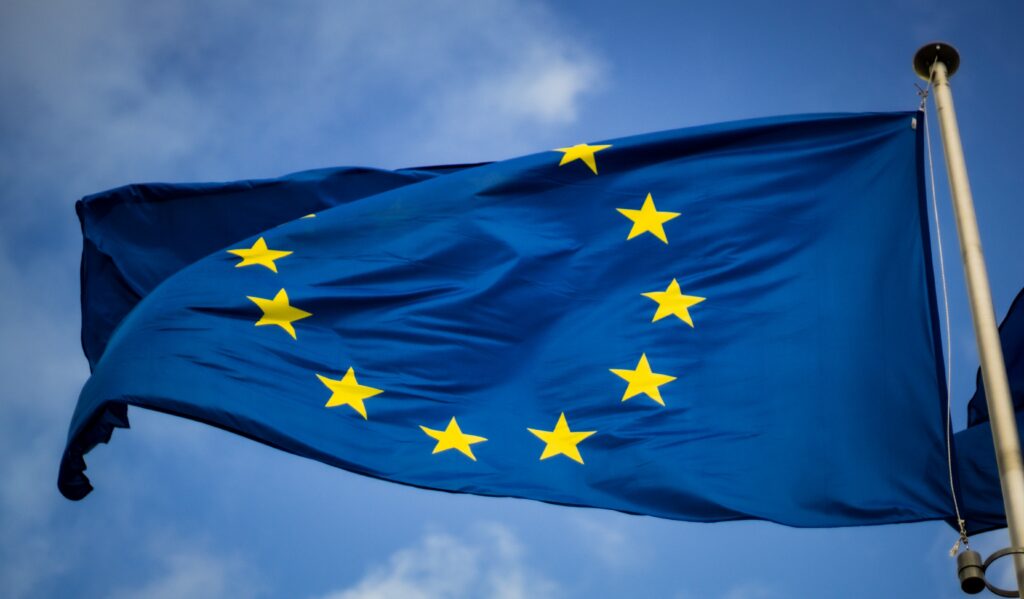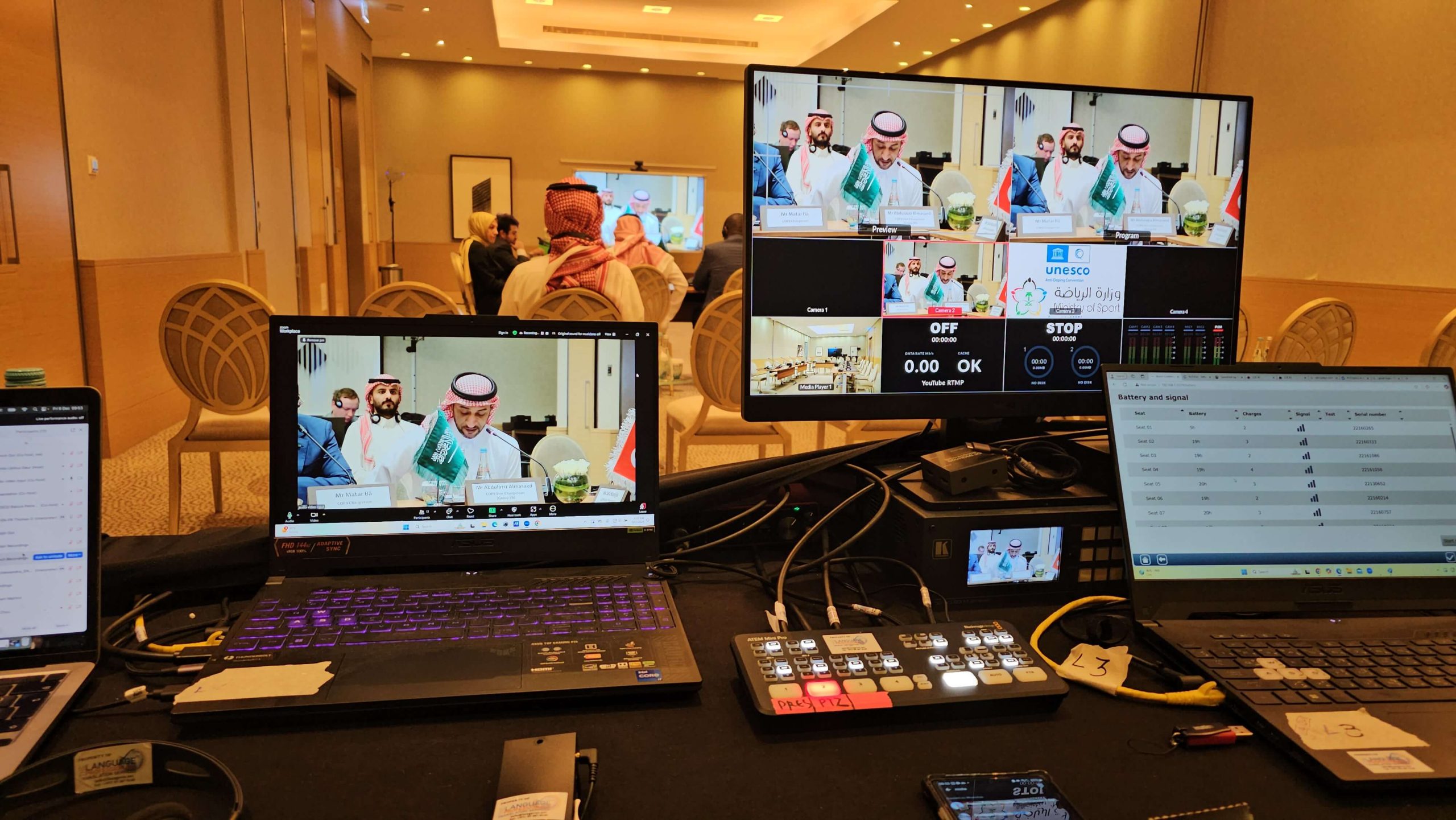
Exploring the Fascinating World of European Language and Culture
Europe is a culturally diverse region with over 60 languages spoken by its people. These languages have evolved, intertwined, and influenced each other throughout centuries of invasions, colonizations, migrations, and wars. With all this diversity, it’s no wonder that Europeans are highly knowledgeable about many different cultures.
To truly understand the European market, one must have an understanding of the languages and cultures found on the continent. Let’s dive into what makes the European languages and cultures so riveting!
The Languages of Europe
Europe is home to dozens of languages that are now spoken across the continent. Some examples include English, French, German, Spanish, Italian, and Dutch. Of course, there are many more languages that are spoken by smaller populations or distinct regions such as Swedish or Basque.
It is estimated that there are over 150 million native English speakers in Europe alone! The majority of these native English speakers come from countries such as Ireland, UK, and Malta.
Cultural Influences
European culture has been shaped by centuries of invasions, wars, and migrations from various nations around the world. As a result of this cultural exchange, many countries have adopted various customs from their former occupiers or neighboring nations.
For example, you may find that traditional Spanish dishes originally imported by invaders during the Middle Ages are still being served in Portugal to this day. Additionally, some countries have adopted elements of their former occupiers’ language, as testified by French and other Latin-derived words that make up a considerable portion of the vocabulary found in British English today.
Another interesting cultural aspect is represented by the different ways in which Europeans interact with each other on a daily basis. In some European cultures it is polite to maintain eye contact when speaking to someone, while in others it is considered rude or disrespectful to do so.
Similarly, certain gestures like shrugging your shoulders can mean different things depending on which country you are visiting – a gesture might mean one thing in Italy but something completely different when interacting with a French person.
Cultural norms such as these, then, can vary greatly between countries, and learning the rules that govern non-verbal communication in each territory can make all the difference between an extremely successful and a deeply disappointing interaction with the locals.
As demonstrated, it is clear that European languages and cultures have been shaped over centuries due to warring nations invading each other’s territories as well as internal and intercontinental migrations and cultural exchanges. Understanding these influences can help marketers better understand their target audience when working with international clients – especially those who may not speak their native language fluently.
What’s more, understanding cultural nuances such as gestures could help prevent misunderstandings when communicating with members of a specific European population.
Knowing about the different European languages and cultures and what sets them apart from each other can also help translators better capture the nuances present within different dialects and help localization specialists ensure accuracy when translating content for multiple markets. With this knowledge under your belt, you’ll be able to better navigate international markets with ease.
Not sure where to start? Contact us today at LangPros, and let our skilled and diverse team help you reach your desired audiences – no matter where they are located in Europe!





